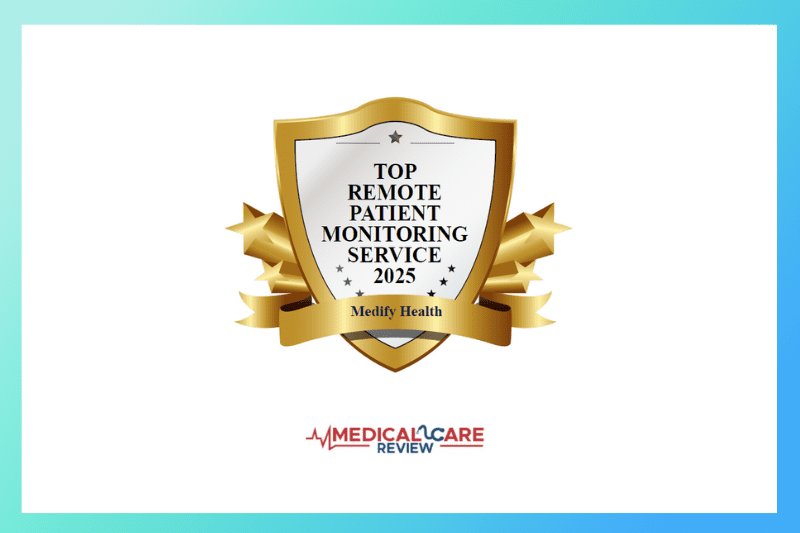
For practices in Value-Based Care (VBC), the question isn't whether Chronic Care Management (CCM) and Remote Patient Monitoring (RPM) are helpful—it's how they move the needle on risk identification, avoidable utilization, quality performance, and documentation. Below is a concise, evidence-informed primer.
1) RPM → faster triage, earlier risk identification
Continuous physiologic data (e.g., blood pressure, weight, glucose, SpO₂) surfaces clinical deterioration before it becomes an ED visit or admission. Recent systematic reviews report a downward trend in hospital admissions/readmissions, length of stay, and non-hospital costs with RPM, alongside gains in adherence and patient safety—exactly the pressure points in VBC.
Operationally, RPM's Medicare rules (for example, 16 days of device data in 30 days for supply/collection code 99454; treatment-management minutes billed by calendar month) standardize the data flow your team can act on, enabling reproducible triage protocols.
2) CCM → transitional follow-through and lifestyle coaching
CCM provides structured monthly touchpoints (clinical-staff time, documented care plan, care coordination) that keep high-risk patients engaged between visits—supporting medication reconciliation, post-discharge follow-through, and behavior change.
Evaluations of CCM have associated it with improved satisfaction/adherence and fewer hospitalizations/ED visits, aligning with VBC quality and cost aims. Patients themselves cite better access and continuity as key benefits.
CMS' current CCM guidance clarifies the service scope (eligible patients, consent, care plan, minimum time thresholds), which your program must meet to be billable and audit-ready.
3) In-depth HRA → sharper diagnosis + better care plans (and cleaner VBC alignment)
A comprehensive Health Risk Assessment (HRA) is a core element of the Medicare Annual Wellness Visit (AWV) and now may include an optional Social Drivers of Health assessment (2024+). Properly executed, the HRA surfaces unmanaged conditions, risks, and barriers, improving individualized care plans and referrals—fuel for VBC outcomes.
Accurate problem lists and diagnoses also support risk stratification used in Medicare models (e.g., CMS-HCC risk adjustment methodologies across programs). While specific MSSP risk adjustments include safeguards and caps, accurate coding and documentation still matter for fair benchmarking and care management targeting.
4) Why Medify's coordinated, goal-oriented model matters
VBC depends on coordination and continuity. AHRQ defines care coordination as the deliberate organization and information-sharing among all participants to deliver safer, more effective care—an approach consistently associated with lower utilization and better chronic-disease outcomes, especially for older adults. Medify operationalizes this through seasoned medical professionals focused on Medicare-age patients, creating reliable monthly cadence, closed-loop communication with your practice, and clear patient goals. AHRQ+1JAMA Network
5) Documentation & "paperwork" that support CMS and MSSP needs
Medify supplies the audit-ready artifacts your compliance and revenue teams expect:
- CCM: documented consent, comprehensive care plan, time logs meeting code thresholds.
- RPM: device setup/education, 16-day data evidence for 99454, monthly treatment-management minutes for 99457/99458, and clinical notes linking actions to readings.
- Quality reporting alignment: Data elements that map to APP/APP-Plus electronic quality reporting (e.g., BP control, depression screening follow-up, immunizations) to support your ACO's PY 2025+ APP Plus obligations (your ACO remains the submitter of record).
Putting it together
- RPM catches problems early and standardizes triage.
- CCM sustains engagement, supports transitions, and drives adherence.
- HRA/AWV sharpens diagnosis, risks, and care planning.
- Coordination + continuity translate these pieces into measurable VBC gains.
- Complete documentation underpins compliant billing and quality reporting.
Next Steps
Connect with your Medify account manager to discuss your specific needs related to Value-Based Care. Your discussion may uncover additional opportunities to improve health outcomes and patient satisfaction through Medify's combined CCM + RPM + HRA workflow for your Medicare population.
You can also confirm the data capture aligns to your ACO's APP Plus measures.



